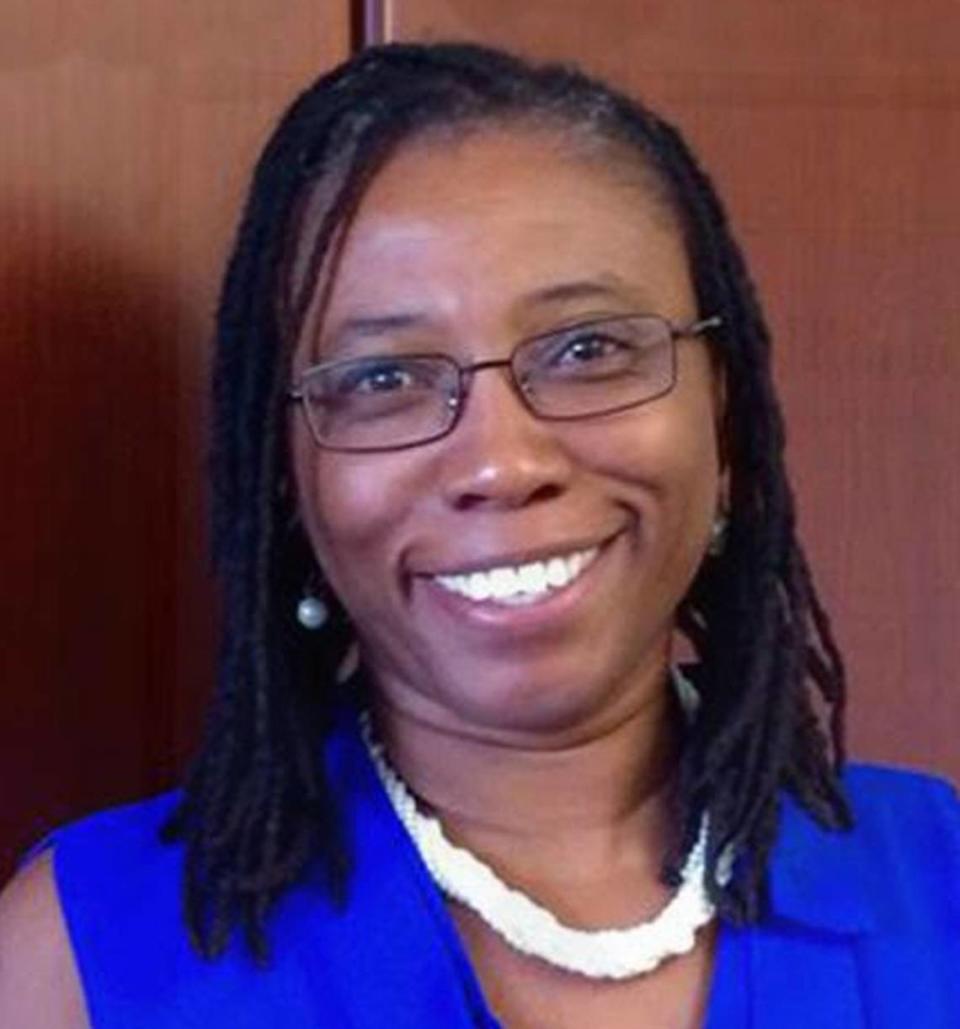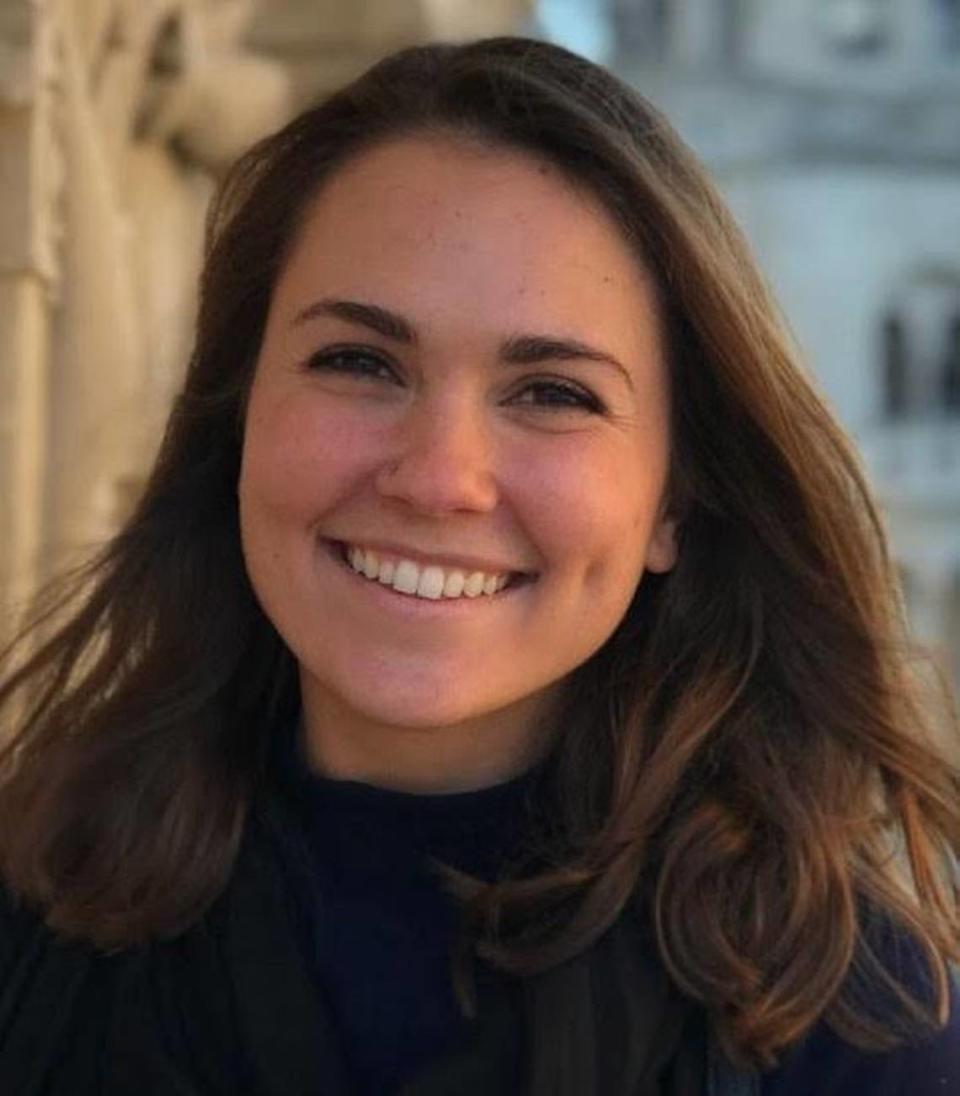Here’s what the pandemic has taught us: We can eliminate education inequity | Opinion
Education equity has been the subject of much discussion and debate in our communities, often resulting in limited transformative changes. Clearly, however, we know that we live in a society with significant levels of disparity in the education system.
While COVID-19 has had a significant negative impact on many communities and individuals in many ways, it has afforded us the opportunity to see what can be done when we are forced to change. When schools shut down across the country in March and April, many barriers that exist suddenly were addressed in a month’s time. Many things that were impossible became possible. Consider:
Standardized tests were once the bellwether for determining a student’s rise or fall. Then — poof! — amid the pandemic, many institutions did away with these tests and, miraculously, good students were admitted into programs and amazing students graduated from schools.
The value and respect of teachers came to the forefront as parents recognized what they do day in and day out. Parents also came to realize that their involvement in their child’s education is not only possible, but critical.
Technology became available to nearly everyone for virtual classes, regardless of socio-economic status. This will have long-lasting value.
Virtual campus visits and admissions interviews became the norm. The opportunity to have online interviews leveled the playing field for low-income individuals who could not afford to travel around the country visiting several schools.
The pandemic also resulted in education becoming more accessible, removing some of the barriers faced by children who are challenged by chronic illness, transportation or other issues. Young students who work to support their families or save for college were able to get more sleep as virtual studies allowed them to eliminate commuting time. In addition, schools also made free lunches available to everyone, not just those who qualify for the reduced-cost lunch programs.
So, why were we comfortable with inequities? What these examples highlight is that the COVID-19 pandemic helped us eliminate some of the barriers that existed and ensure that every child gets a solid quality education.
Clearly, we need a new educational system. COVID-19 showed us that change is possible.
We get to learn from our discomfort and make new choices. COVID-19 has brought many challenges, but it has also given us an opportunity to gain perspective and see what is still standing, what matters, and what counts. This is an opportunity for us to decide to promote and enact the best we have to offer and not regress to familiar ways. We should accept the discomfort and uncertainty needed to bring about change.
We cannot continue to politicize our students’ education. We must offer them a different type of learning system in which they have a full and comprehensive academic experience. Students must feel empowered, and this begins with knowing their history and the establishment of healers in the system. In addition, we must create space where a child’s passion and interests can be expressed.
Virus or no virus, we must not return to the old systems. We must do better when it comes to education in our community. We must have an education revolution in our communities and that requires more than one person. We must address educational disparities in our communities collectively. This includes policy makers, universities, teachers, community organizers, parents and the students.
We must engage all stakeholders and we must do this in solidarity. We must actively pursue things differently. That is what education equity is all about.
Guerda Nicolas is a professor of psychology at the University of Miami School of Education and Human Development, where Stephani Burton is a clinical assistant professor of education and Marisol Meyer is a doctoral student.




 Yahoo Movies
Yahoo Movies 